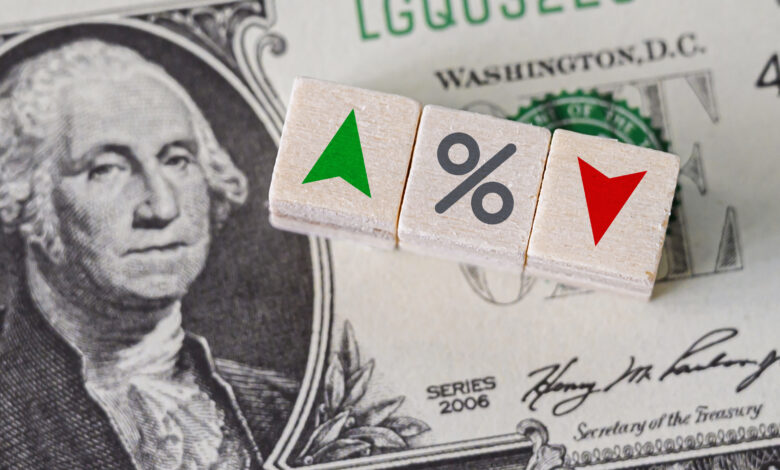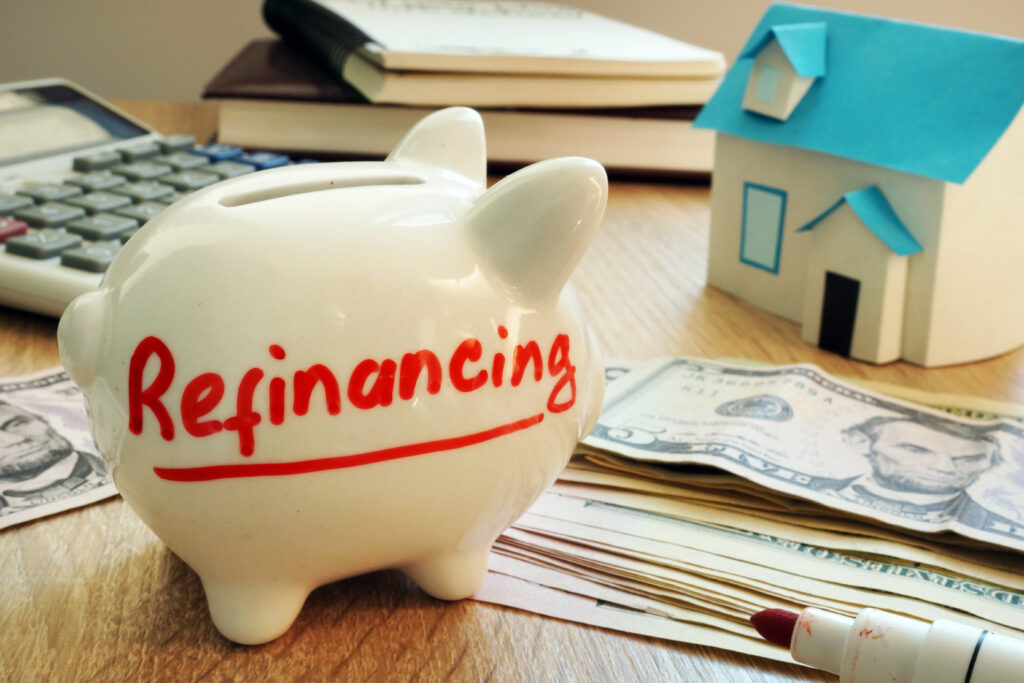Decoding Federal Interest Rate Hikes: What It Means For You

The Federal Reserve often adjusts interest rates to stabilize the economy. But what does a rise in federal interest rates mean for you and your wallet?
Understanding Federal Interest Rates

Federal interest rates, often set by the Federal Reserve (commonly known as the Fed), play a pivotal role in determining the ebb and flow of economic currents. These rates don’t just influence the financial sector; they touch almost every aspect of consumer finances. The primary goal of the Fed in manipulating these rates is to strike a balance between maximizing employment and controlling inflation. Historically, by adjusting these rates, the Fed can either encourage spending and borrowing or promote saving and lending. As consumers, understanding the broader implications of these adjustments can empower us to make informed financial decisions.
Effects of a Rate Increase
Mortgages and Home Equity Loans

The dream of homeownership or the strategy to refinance might become pricier with rate hikes. Not only does it potentially increase your monthly commitments, but throughout a typical 30-year mortgage, even a slight rate increase can translate to thousands in added costs. Additionally, for those leveraging their home’s equity, borrowing could become more expensive, making evaluating the necessity and timing of such loans is crucial.
Credit Cards

Beyond the basic borrowing costs, a rise in federal interest rates can exacerbate the challenges faced by those already grappling with significant credit card debt. As rates rise, so does the interest accrued on outstanding balances, potentially lengthening the debt payoff journey. It’s a compelling reason for consumers to reassess their credit card usage and payment strategies.
Savings Accounts

A silver lining to the cloud of rising interest rates is the benefit to savers. With hikes, traditional savings tools like fixed deposits or money market accounts could offer more attractive returns. This scenario can motivate individuals to boost their savings rate, benefiting from the compounding effect over time.
Car Loans

For many, a car isn’t just a luxury but a necessity. As federal rates climb, prospective car buyers might notice the pinch in the form of pricier auto loan agreements. This can influence purchasing decisions, pushing some consumers towards pre-owned vehicles or delaying upgrades.
Student Loans

While federal student loans might remain untouched in the immediate aftermath, those considering private student loans should tread cautiously. The cost of education could climb indirectly, urging students to explore scholarships, grants, or alternative financing solutions.
Investment

Federal interest rate movements directly tie to the investment landscape. Savvy investors recognize that rising rates might present both challenges and opportunities. Diversifying one’s portfolio, considering bonds with varying maturities, or exploring international markets can be strategies to consider.
Protecting Your Finances
Refinancing

With escalating rates, homeowners and borrowers might find solace in refinancing options. Locking in a lower rate sooner can save significantly in the long run. It’s not just about immediate savings but ensuring financial stability in an unpredictable rate environment.
Paying Down Debt

Prioritizing debt repayment, especially high-interest ones, can be a wise strategy. By chipping away at this debt more aggressively, you insulate yourself from the brunt of rising interest costs and free up future financial bandwidth.
Savings and CDs

A proactive approach can be to scout for the best savings accounts or Certificates of Deposit (CDs) that offer favorable rates. Committing funds to longer-term CDs might lock in higher rates, especially if the upward trend continues.
Fixed vs. Variable Rates

In a fluctuating rate environment, borrowers might find themselves at a crossroads. While variable rates offer immediate savings, fixed rates provide the peace of mind of consistent payments. Analyzing your financial trajectory and risk appetite can guide this choice.
Monitor Your Investments

A proactive investment approach entails regular portfolio reviews, especially regarding economic changes. Rebalancing assets, considering alternate asset classes, or even reevaluating investment goals can ensure you remain on a growth trajectory.
The intricate dance of federal interest rates and consumer finances has lasting implications. While hikes can be a source of concern for borrowers, they bring good tidings for savers. The key lies in adapting, strategizing, and positioning oneself to weather the storm and harness the winds of change for financial growth.

